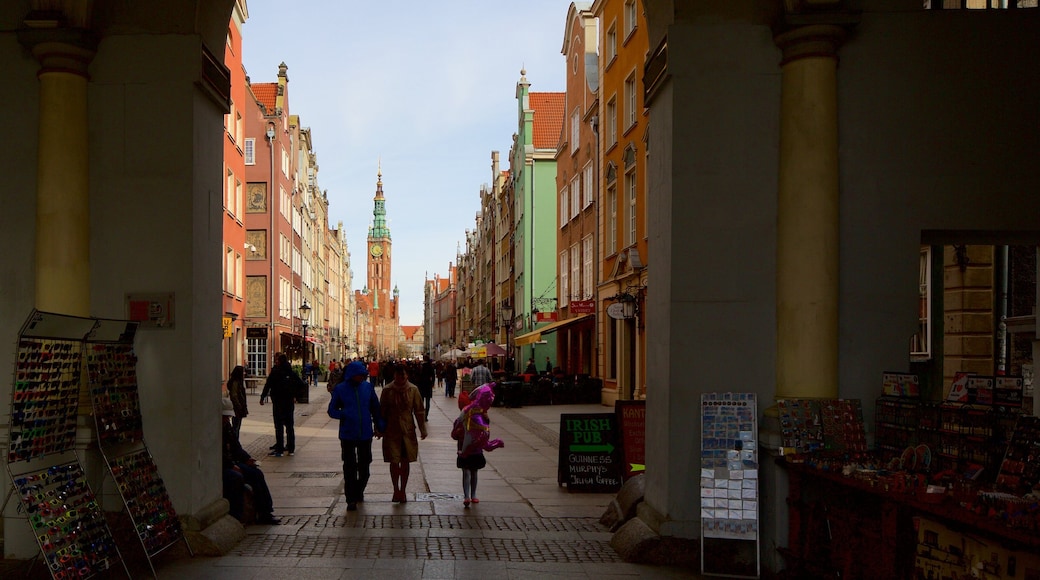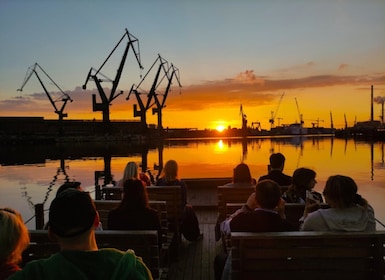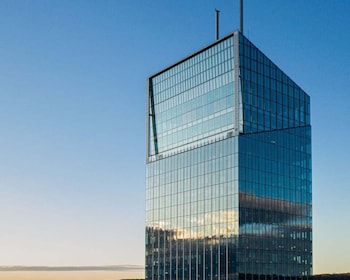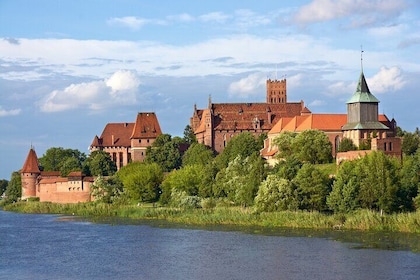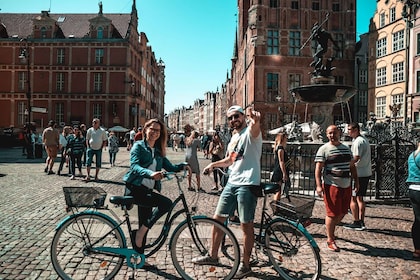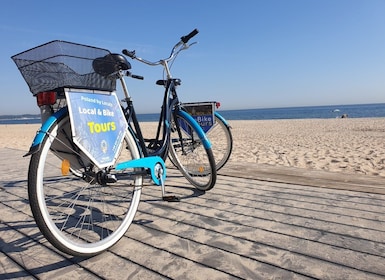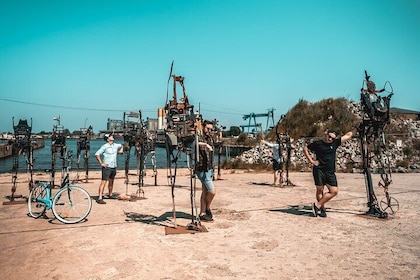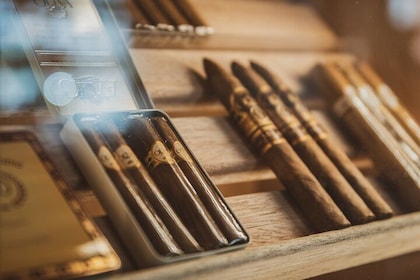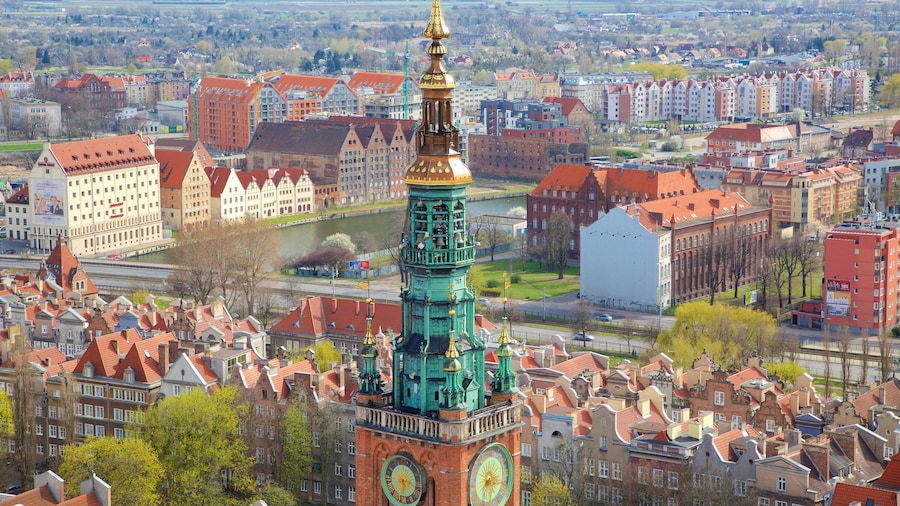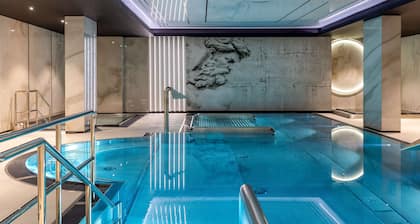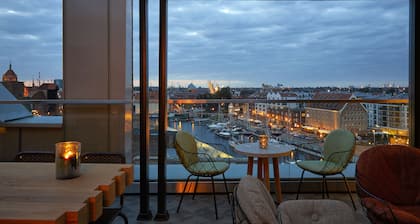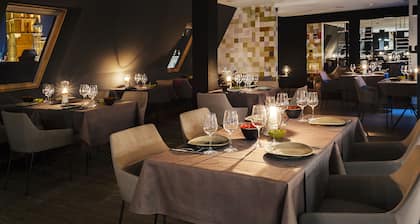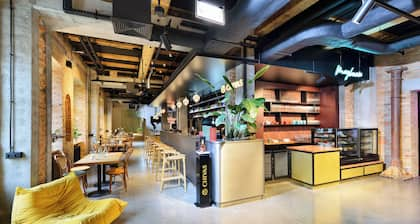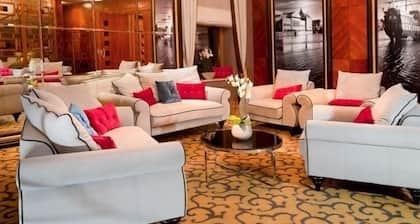Gdańsk’s Golden Gate (Złota Brama) is an imperious gateway beautified by artistic sculptures. This Roman-inspired triumphal arch dates back to 1612 and is the work of acclaimed Flemish architect Abraham van den Blocke. The Golden Gate marks the beginning of Long Street and is a main attraction of the Royal Route, a ceremonial pathway that cuts through Gdańsk’s historic Old Town.
Stand at the west side of the gate and appreciate the two-level colonnade, columns, intricately carved capitals and balustrades. Note the Latin inscription, which means “Small states grow by concord, great ones fall by disagreement.” Look up at the four sculpted, allegorical figures that crown the upper columns. They symbolize the virtues of Peace, Liberty, Wealth and Fame.
Look back to see the Prison Tower and then stroll beneath the gate’s central archway. Examine the photos on the walls of the archway, which show how areas of the city looked after World War II destruction. Here, vendors sometimes set up stalls and offer a range of souvenirs such as postcards and key rings.
See the eastern façade of the gate which is almost identical to its counterpart. Its distinguishing difference is the collection of sculptures on this side they represent Concord, Justice, Piety and Reason, the virtues expected of the city’s burghers.
Located in the Old Town, the Golden Gate is a great starting point for exploring the city’s Royal Route. Tour this historic area which is framed by important landmarks, merchant houses, cafés and restaurants stretching along Long Street and the adjoining Long Market.
Nearby are Artus Court, Neptune’s Fountain and Green Gate. Enjoy sweeping city views from the tower at Gdańsk Main Town Hall, also home to the Gdańsk History Museum. Sit at a café terrace and watch as a mix of locals and camera-toting tourists pass by.
Visit Golden Gate at any time of the day. Arrive early to avoid tour groups or come in the evening, when streetlamps elegantly illuminate the area.




